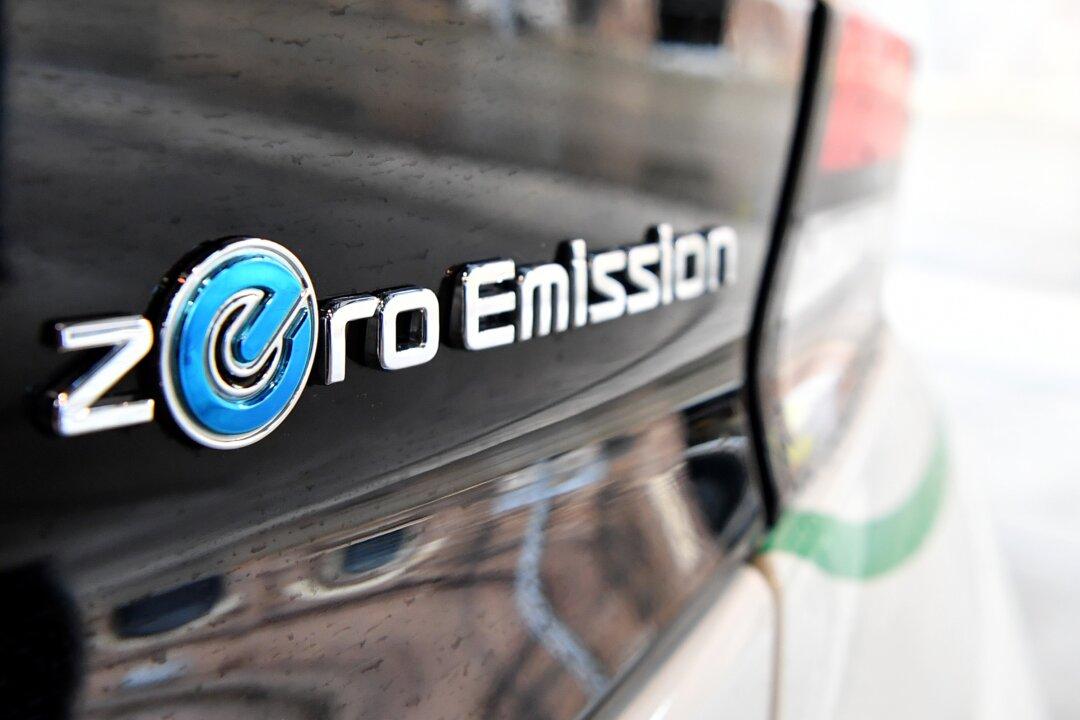The Victorian state government of Australia will spend $15 million on a fleet of 400 zero emissions vehicles (ZEVs) for use by 2023 to achieve net zero emissions by 2050 for Victoria.
ZEVs are considered the cleaner alternative to cars that consume petrol as they run on electricity or hydrogen and therefore do not emit greenhouse gases from their tailpipes. Battery electric vehicles (BEVs) are run by a rechargeable battery, and hydrogen fuel cell electric vehicles (FCEVs) combust hydrogen to emit water vapour.





